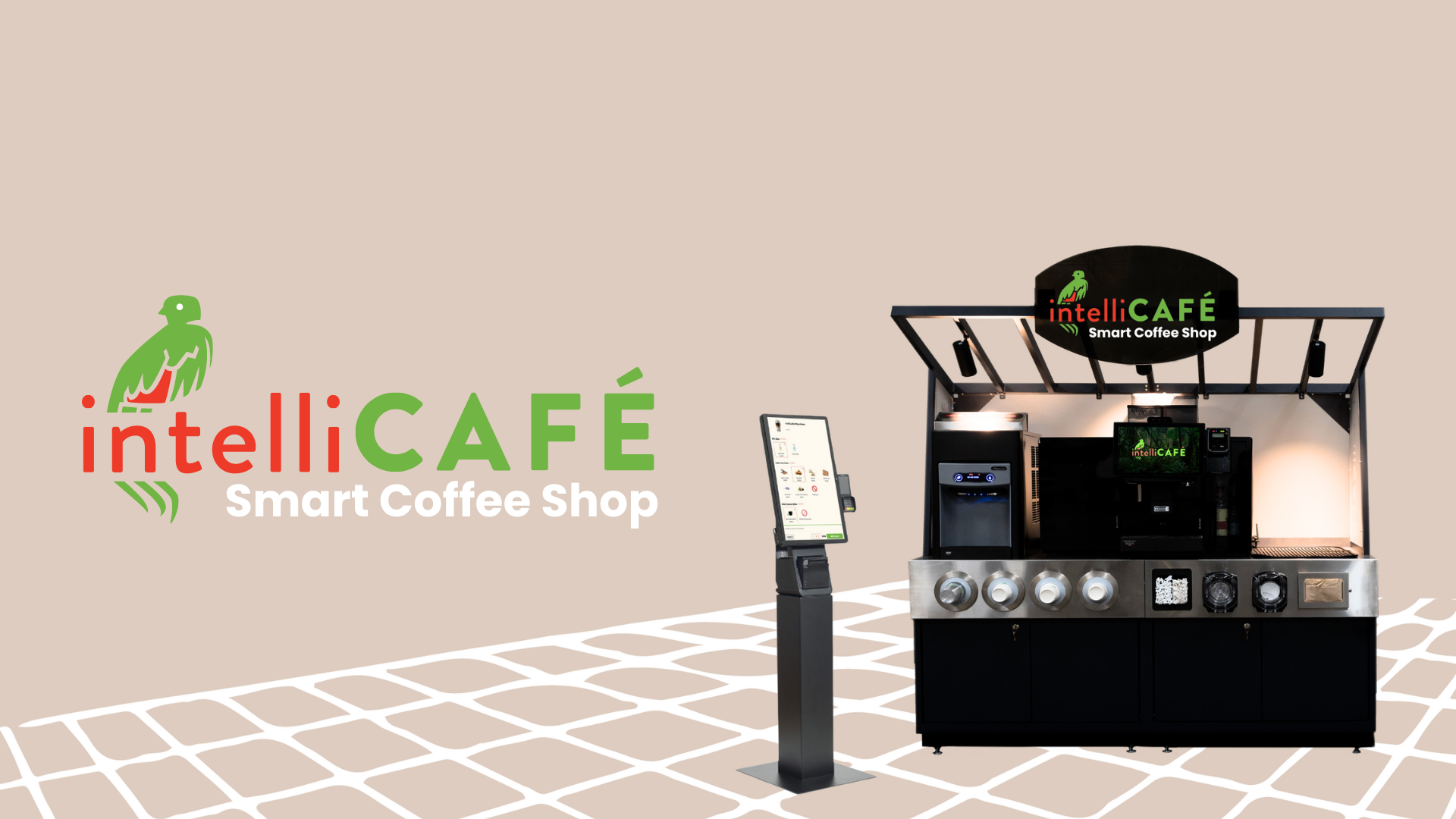Labor Shortages are Accelerating Business Automation
Photo via Hyundai Motor Group
The labor market is facing unprecedented challenges, with a significant shortage of workers across various industries. Businesses are increasingly turning to automation as a critical solution. According to the U.S. Bureau of Labor Statistics, there were 10.1 million job openings in April 2023 but only 6.1 million hires, highlighting a substantial gap between demand and supply . Today we will explore how the labor shortage is driving businesses toward automation, offering solutions for those grappling with workforce challenges.
The Labor Shortage & Automation
The labor shortage spans various sectors like manufacturing, healthcare, food service, hospitality, and transportation. Factors like an aging population, low birth rates, and changing worker preferences post-pandemic contribute to this challenge.
Automation involves using technology to perform tasks that typically require human intervention. This ranges from robotic process automation (RPA) to sophisticated AI-driven systems. Automation has evolved from simple mechanical processes to advanced, intelligent systems capable of performing complex tasks.
Benefits of Automation in the Workplace
Increased Productivity: Automation can perform repetitive tasks more quickly and accurately than humans.
Cost Savings: Reducing the need for manual labor lowers operational costs.
Improved Accuracy: Automation minimizes errors, enhancing overall efficiency.
Automation Technologies and Tools
Robotic Process Automation (RPA): Software robots that mimic human actions to perform repetitive tasks.
Artificial Intelligence (AI) and Machine Learning (ML): Systems that learn and adapt to new data, improving over time.
Internet of Things (IoT): Devices connected to the internet, enabling automated control and monitoring.
Autonomous Machines and Vehicles: Self-serve kiosks, autonomous vehicles, and drones used to reduce reliance on human labor.
Automation Technologies and Tools
Manufacturing: Pioneering companies like Tesla are leveraging automation to streamline production processes. Robots intricately assemble cars with precision and speed, optimizing efficiency while maintaining high-quality standards.
Healthcare: The integration of Artificial Intelligence (AI) is revolutionizing healthcare delivery. From aiding in diagnostics to optimizing patient management, AI-driven solutions empower healthcare professionals to make informed decisions swiftly and accurately, ultimately enhancing patient outcomes.
Retail: Retail giants like Amazon are at the forefront of automation adoption. Automated warehouses equipped with state-of-the-art technology seamlessly manage inventory, ensuring optimal stock levels and swift order fulfillment, thus elevating customer satisfaction and driving operational excellence.
Food Service: Innovations such The intelliCafé are transforming the food service industry. The autonomous intelliCafés are completely customer-operated, serving customers freshly brewed beverages without the assistance of staff, thereby reducing costs and enhancing order efficiency.
Overcoming Challenges with Automation
Automation often raises concerns about job displacement, high initial costs, and integration challenges. However, these can be mitigated through strategic planning and implementation.
Upskilling and Reskilling Workers: Training programs can help employees adapt to new roles.
Long-term ROI and Cost Benefits: While initial costs may be high, automation leads to significant long-term savings.
Gradual Implementation Strategies: Starting with pilot programs can help ease the transition.
Photo via Hyundai Motor Group
Steps to Implement Automation in Your Business
Assess Your Business Needs: Start by evaluating your current processes and workflows to identify areas where automation can make the most significant impact.
Choose the Right Solution: Select automation tools and technologies that align with your business goals and objectives.
Consult with Experts: Seek guidance from industry experts and vendors to gain valuable insights and ensure a smooth transition.
Implementation Best Practices
Pilot Programs: Test automation on a small scale before full implementation.
Training and Support: Provide employees with training to ensure smooth transitions.
Continuous Evaluation: Regularly assess and optimize automated processes.
The Future of Work: Balancing Automation and Human Workforce
In today's evolving work landscape, the dynamic interplay between automation and human workers emerges as pivotal for productivity and innovation. Automation efficiently handles repetitive tasks, freeing up human talent to engage in more complex, creative, and strategic pursuits. Fostering a collaborative environment where automated systems complement human ingenuity not only fosters job satisfaction but also ignites the flames of innovation.
Amidst the backdrop of a labor shortage, automation emerges as a beacon of opportunity amidst challenges. By leveraging automation technologies, businesses can enhance productivity, streamline operations, and adeptly navigate the complexities of workforce dynamics. Embracing automation is not just a quick fix; it represents a strategic shift towards sustainable, long-term success.




